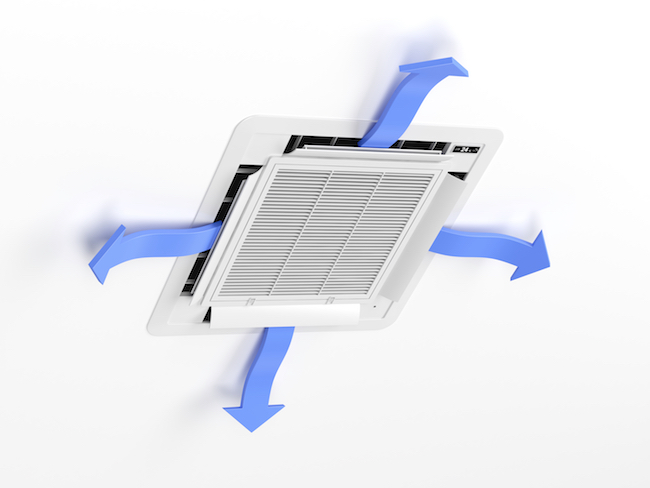Here are some effective ways to improve ventilation in your home:

• Seal and weatherstrip air leaks.
Find and seal any cracks or holes in walls, attics, crawlspaces, doors, windows, pipes, etc. that allow air to leak in or out. Weatherstripping tape, caulk, door sweeps and weatherstripping can help seal gaps to improve airflow.
• Install exhaust fans.
Kitchens and bathrooms produce a lot of moisture and odors. Installing exhaust fans that vent to the outside helps remove excess hot, humid air from these areas and improves ventilation.
• Increase natural ventilation.
Open windows to improve airflow whenever possible. Install operable windows in sheltered locations like basements, attics and crawlspaces. Open vents and louvered doors to allow air movement between rooms.
• Use attic fans or whole-house fans.
An attic fan pulls hot air out of the attic and improves airflow through the living space below. A whole-house fan helps pull air through the entire structure, circulating it more efficiently. Both help reduce heat and humidity in summer.
• Repair or install roof vents.
For attics, roof vents help allow hot air to escape and pull cooler air in from the outside. Adding vents, repairing or clearing any blocked vents improves airflow through the attic space.
• Run an air purifier with HEPA filter.
An air purifier not only helps filter out airborne particles for cleaner air, but the fan inside provides some additional airflow circulation which aids ventilation. HEPA filters are best for general filtration.
• Consider a mechanical ventilation system.
For larger homes or homes with air sealing or leakage issues, installing a mechanical ventilation system with supply and exhaust vents helps mechanically and continuously improve ventilation and reduced excess moisture buildup. Both HVAC and non-HVAC options are available.
• Address foundation or crawlspace vents.
Ground-level spaces tend to require additional focus on ventilation. Open and clear any blocked foundation vents, intake vents or crawlspace vents to allow for airflow and prevent moisture buildup. Install additional vents if needed.
• Run a dehumidifier if high humidity persists.
In some cases, a dehumidifier that runs continuously may be needed in addition to the other ventilation techniques to remove trapped moisture from the air and prevent damage. Venting the dehumidifier to the outside is most effective.




No comment